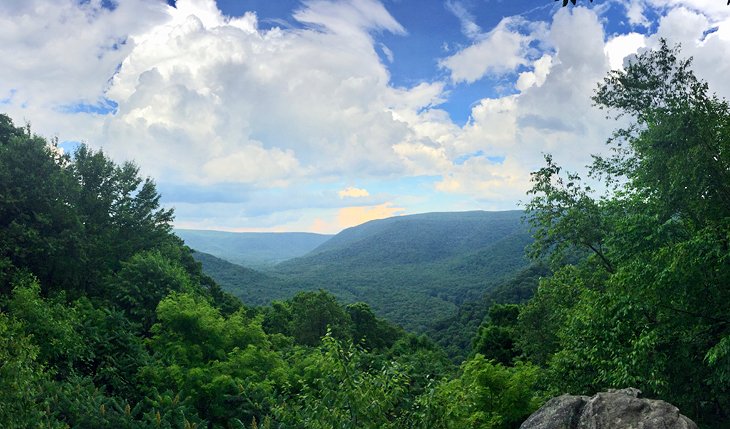Did they crash?
What National Park is in Pennsylvania?
Follow along with the video below to see how to install our site as a web app on your home screen.
Note: This feature may not be available in some browsers.
Did they crash?
I wish I could still regularly drink milk. But it wrecks my insides, so I havent bought milk in probably 15 years.
What National Park is in Pennsylvania?
Fairlife? What is it? Almond? Oat? I tried those and they just dont cut it for meHave you tried Fairlife? My son was diagnosed with IBS recently but he loves milk. Started buying that for him and it doesn't bother him at all. Tastes good too, only one I've ever found that wasn't "regular" milk that I could tolerate, though I stick with the regular bc of the price.
My family of 4 goes through about 4 gal a week. I do know a family of five that buys 9-10 a week. It's better than pop, I suppose
Fairlife? What is it? Almond? Oat? I tried those and they just dont cut it for me
National monuments maybe, but not a NPThere are like two or three that are related to battle sites and one along the border of New York on the Delaware river
National monuments maybe, but not a NP
Although Valley Forge is run and maintained by the National Park Service, it is properly designated as a National Historic Park as opposed to National Park such as Yellowstone.Valley Forge is a national park and I'm pretty sure the area surrounding Gettysburg is as well
Fairlife? What is it? Almond? Oat? I tried those and they just dont cut it for me
It's ultra filtered lactose free milk
Whole Milk | Lactose-Free Milk | fairlife Ultra-Filtered Whole Milk
fairlife® whole milk has 50% more protein, 30% more calcium & 50% less sugar than regular milk. It's lactose-free whole milk with vitamin D, enjoy it today.fairlife.com
Although Valley Forge is run and maintained by the National Park Service, it is properly designated as a National Historic Park as opposed to National Park such as Yellowstone.
An almond.What else can you drink milk from, if not an animal?
Yep. The NPS manages lots of different titles areas. I was pulling Solomon and saying you were both partially right.Ah well, semantics got me, I guess. I just know I've been there and there are signs that just say national park
Press a grape and it is juice press an almond and it is milk? Sounds like deceptive marketing.An almond.
'Trust The Science"...Press a grape and it is juice press an almond and it is milk? Sounds like deceptive marketing.

Yes, National Parks. 19 of them.National monuments maybe, but not a NP

Press a grape and it is juice press an almond and it is milk? Sounds like deceptive marketing.
